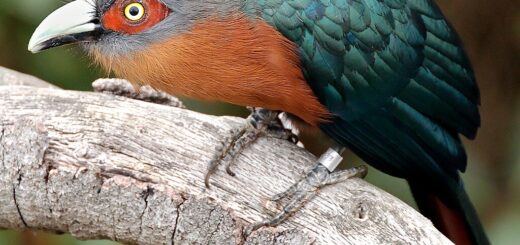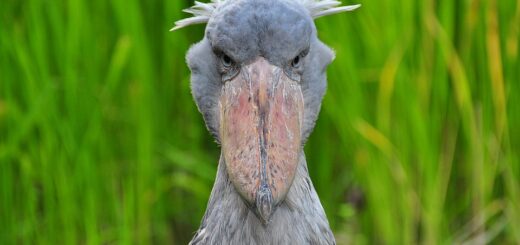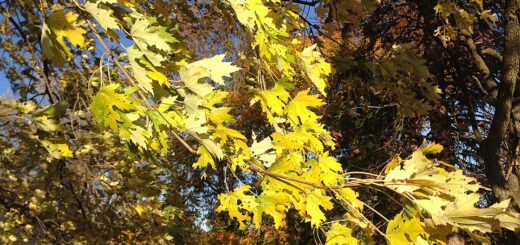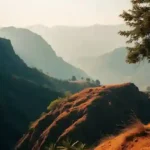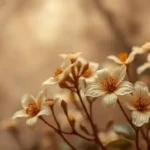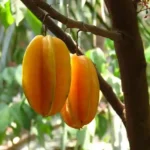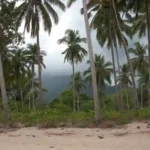Fraser Fir Tree – The Mountain Jewel of Christmas Trees
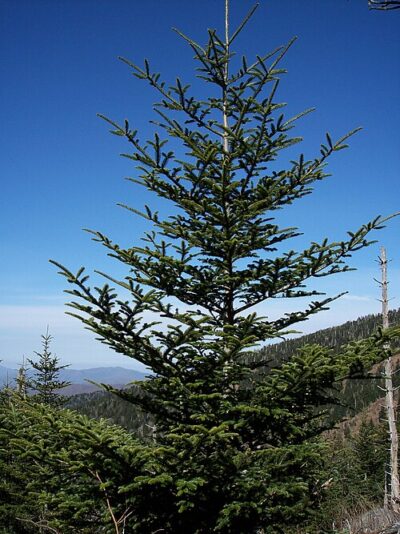
Tucked away in the cool heights of the Appalachian Mountains, a true natural gem thrives quietly: the Fraser fir or Frasier fir (Abies fraseri). Renowned for its fragrant scent, perfectly symmetrical shape, and long-lasting needles, the Fraser fir has earned its reputation as the Christmas tree of choice for millions of families across the United States.
A Tree with Altitude
Native to the southern Appalachian region—primarily western North Carolina, eastern Tennessee, and southwestern Virginia—the Fraser fir grows best at elevations above 4,500 feet. The tree’s environment is typically misty, cool, and rich in biodiversity. It’s in these high-altitude ranges that the Fraser fir thrives, often sharing its ecosystem with red spruce, mosses, and endangered species like the spruce-fir moss spider.
Why It’s a Christmas Classic
Fraser firs are beloved for several practical and aesthetic reasons, making them a staple in holiday celebrations:
- Strong branches that can hold heavier ornaments without drooping.
- Excellent needle retention, so you’re not sweeping up needles every other day.
- Silvery-green needles with a soft texture and a delightful citrusy-pine scent.
- Pyramid shape that looks tailor-made for twinkling lights and garlands.
These qualities have made the Fraser fir the top choice for the White House Christmas tree more than a dozen times. In fact, it’s the most popular Christmas tree species grown and sold in the U.S.
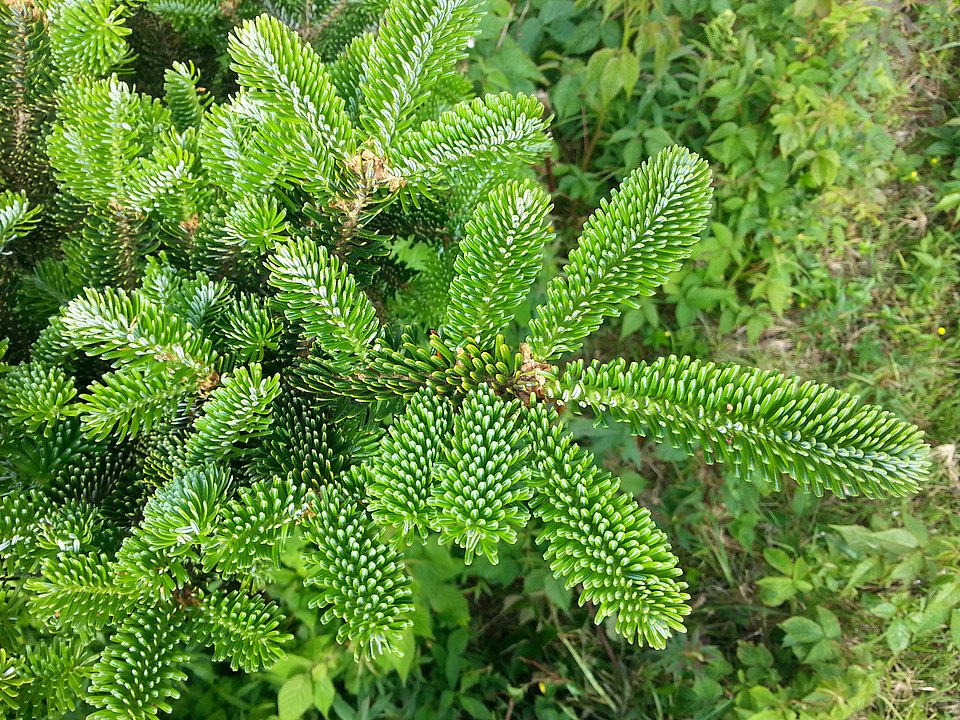
Close-up view of Fraser fir foliage. – Creative Commons | Author: Harold Smith – Source: https://commons.wikimedia.org/wiki/File:FraserFirFoliage.jpg
Growing Fraser Firs: A Labor of Love
Growing a Fraser fir to tree-selling size isn’t an overnight affair. It takes 7 to 10 years of meticulous care—pruning, protecting from pests like the balsam woolly adelgid, and keeping soil conditions just right. Christmas tree farms, especially in North Carolina (the second-largest Christmas tree-producing state), are often family-owned operations that dedicate years to each tree.
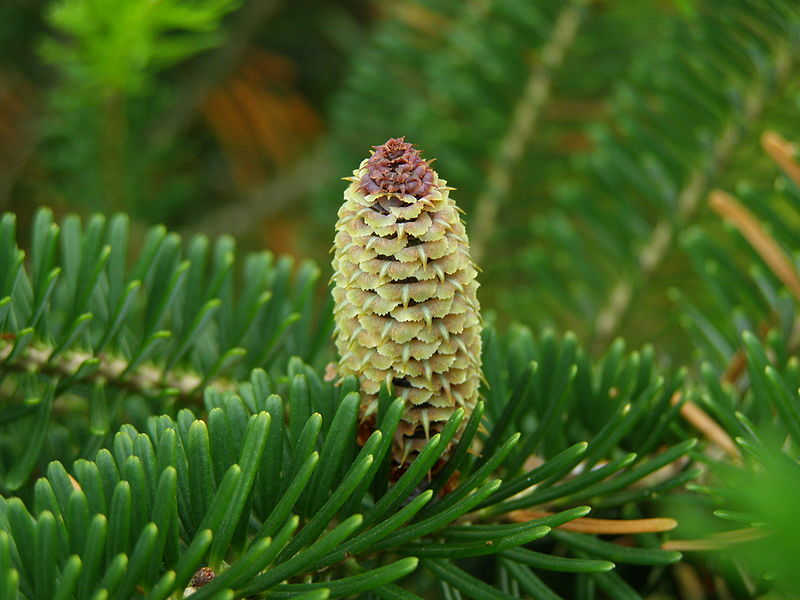
Fraser fir cone – Creative Commons | Source: https://commons.wikimedia.org/wiki/File:Abies_fraseri_cone.jpg
The Conservation Angle
While Fraser firs are widely cultivated, their wild populations are considered endangered due to habitat loss, pollution, and pests. Conservationists are working hard to protect remaining native stands and research how to make these trees more resilient to changing climates and invasive species.
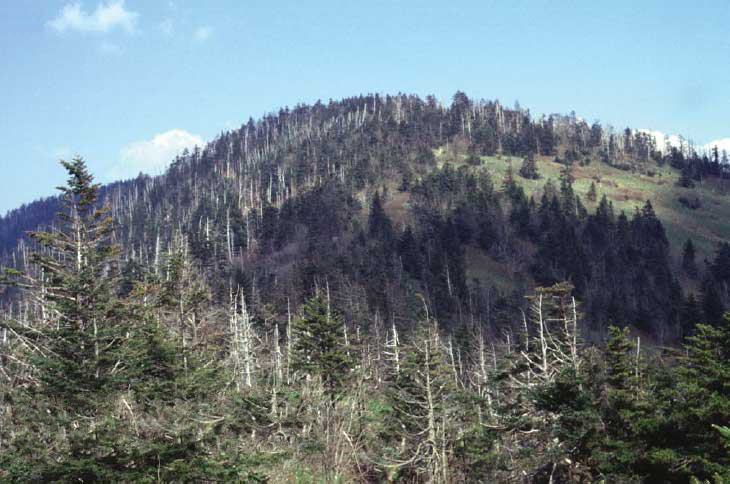
Fraser fir forest, with many trees killed by balsam woolly adelgid – Creative Commons | Author: C. Kenneth Dodd, Jr. – Source: https://commons.wikimedia.org/wiki/File:Abies_fraseri0.jpg
Fraser fir Christmas tree
Whether you’re decorating one in your living room or hiking past a wild one in the mountains, the Fraser fir stands as a symbol of natural beauty, tradition, and holiday spirit. Next time you pick out your Christmas tree, take a moment to appreciate the story behind those sturdy branches and fragrant needles—it’s a tale rooted in mountains, patience, and a whole lot of evergreen charm.
References:
https://en.wikipedia.org/wiki/Fraser_fir

